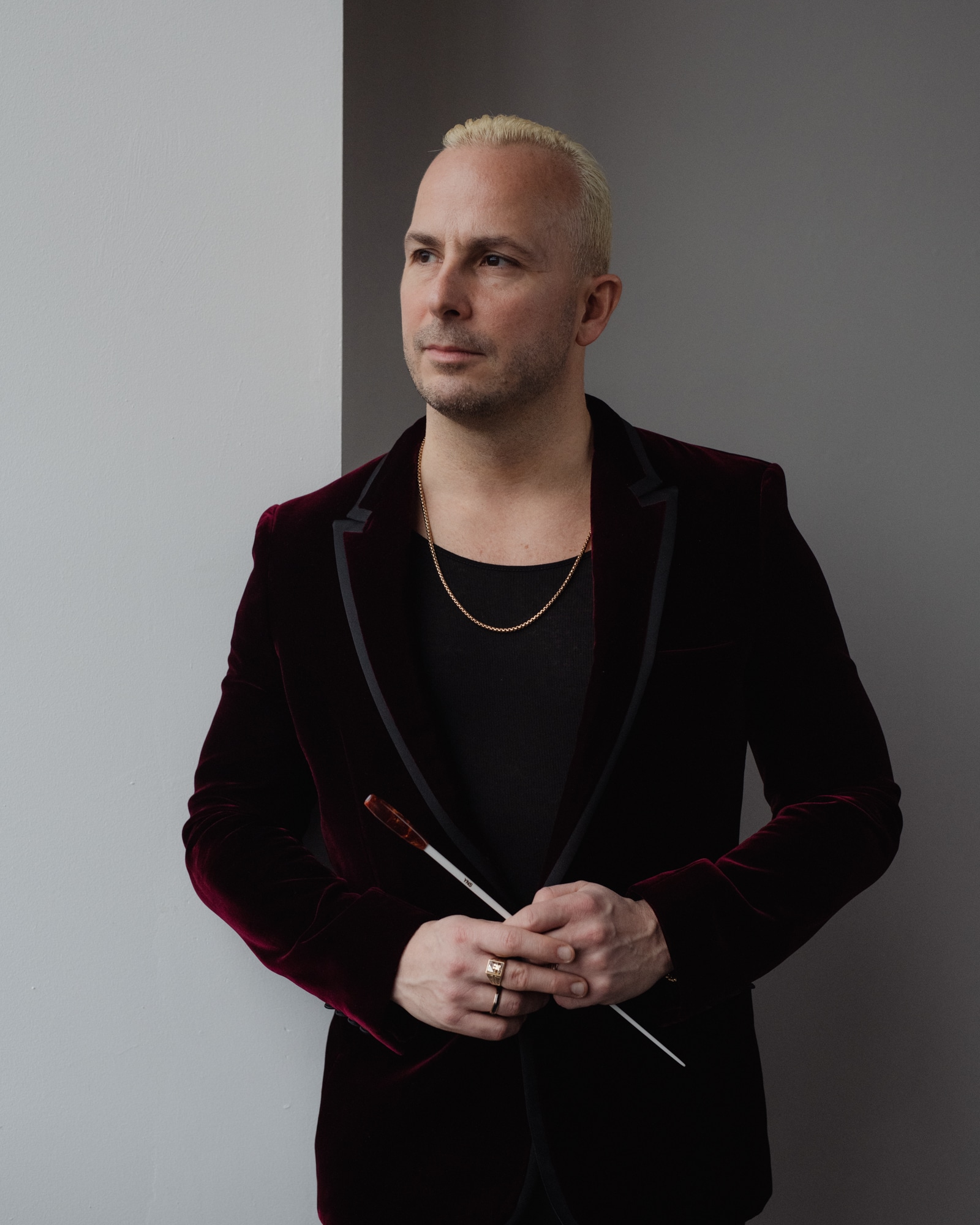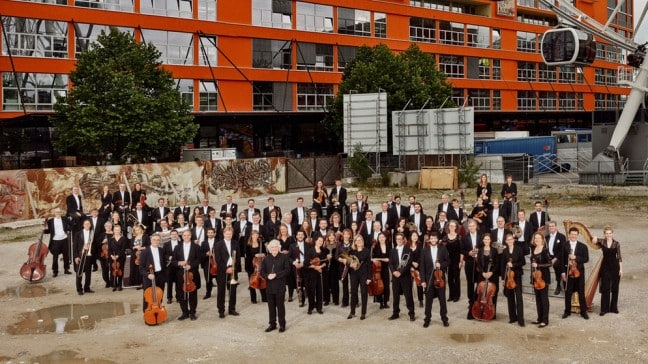When did Mozart write the Canadian national anthem?
mainPicture the scene.
A sun-kissed morning in Vienna, coffee steaming gently. The great composer is at his billiards table when two Mounties ride up with a fat commission for a stirring anthem.
Our friend, composer Michael Vincent, finds O Canada and the March of the Priests from Magic Flute to be absolutely identical.
It’s undeniable. Click here to hear for yourselves.






how many notes have to be the same for it to be “plagiarism”?
the Mozart finishes its first phrase with a return to the tonic, while O Canada finishes with a shift to the dominant. this obviously means that the melody has to be different at that spot…
so other than starting with three notes of the tonic triad… what’s the same?
1976 first time I heard the Canadian anthem and could not believe my ears!!!! Mozart !!!
Not only is written in the same scale,F major, but has also the same notes and the same rhythmical pattern at least the first couple of notes.
Canada got style.
Not once composers are writing music that was already created.
Examples ….galore!
Beethoven piano concerto 5 second movement and West side story ,the Israel anthem ” Hatikva” is a Romanian old song,etc,etc,etc.Well it’s impossible to be totally original ,after all ….only 12 sounds.
Now compare Luxembourg’s national anthem and Mozart’s Ave verum…
Lavallee must have also been aware of an old French folk song entitled; “Vois-tu la neige qui brille” when composing O Canada. Now heard primarily as a theme and variations for cornet and piano by Jean-Baptiste Arban, it’s worth a listen.
You’re kidding right?
that rising phrase can be heard in myriad of other pieces. it’s a natural melodic progression for the harmony that accompanies it.
Ernest Macmillan, a widely-known Canadian composer and musicologist over half a century ago, wrote: “I must admit to being somewhat amused by those knowing souls who attribute it to Mozart (not that this itself would be any disadvantage), because the first three notes coincide with those of the Priests’ March in Die Zauberflote. I am reminded of the retort of Johannes Brahms when someone remarked on the resemblance of the great tune in the finale of his first symphony to that of Beethoven’s “Hymn to Joy”: “Any fool can see that!”